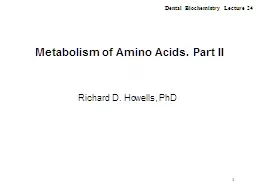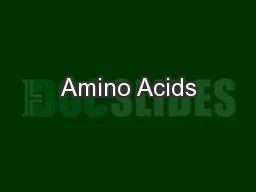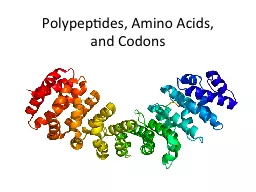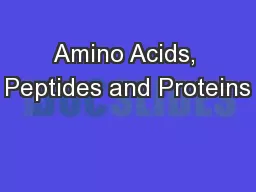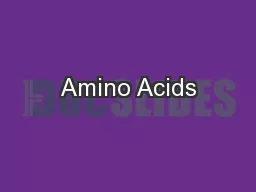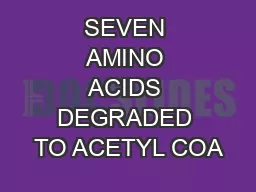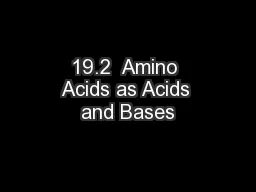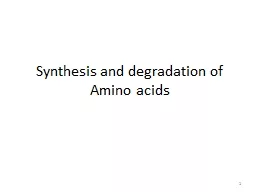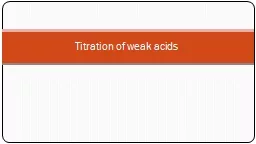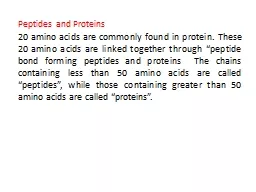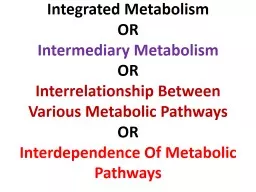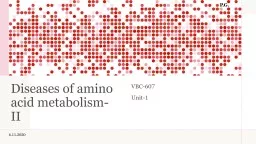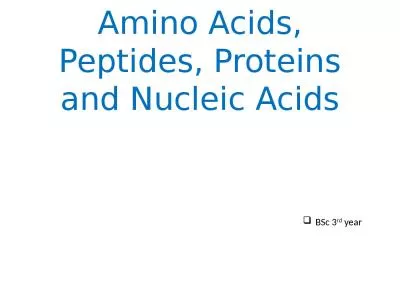PPT-1 Metabolism of Amino Acids. Part II
Author : pamella-moone | Published Date : 2020-04-04
Richard D Howells PhD Dental Biochemistry Lecture 24 2 Learning Objectives To describe the urea cycle and its fundamental role in the excretion of nitrogen To distinguish
Presentation Embed Code
Download Presentation
Download Presentation The PPT/PDF document " 1 Metabolism of Amino Acids. Part II" is the property of its rightful owner. Permission is granted to download and print the materials on this website for personal, non-commercial use only, and to display it on your personal computer provided you do not modify the materials and that you retain all copyright notices contained in the materials. By downloading content from our website, you accept the terms of this agreement.
1 Metabolism of Amino Acids. Part II: Transcript
Download Rules Of Document
" 1 Metabolism of Amino Acids. Part II"The content belongs to its owner. You may download and print it for personal use, without modification, and keep all copyright notices. By downloading, you agree to these terms.
Related Documents

